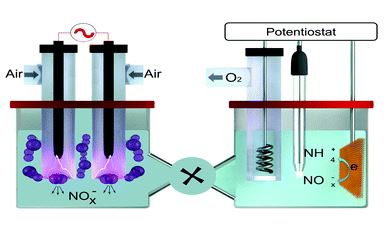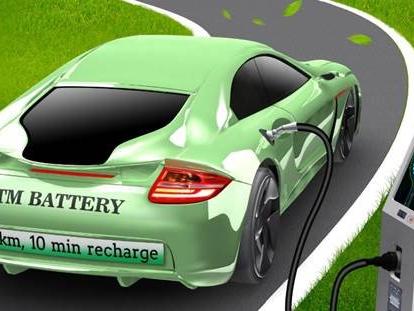(New eco-friendly way to make ammonia could be boon for agriculture, hydrogen economy)
2021/1/20 オーストラリア連邦・ニューサウスウェールズ大学(UNSW)

・ UNSW とシドニー大学が、従来製造方法の高温度、高圧力や大規模なインフラを不要とし、空気、水や再生可能電力から「グリーン」なアンモニアを製造する技術を開発。
・ 実験室ベースで同技術の概念実証に成功。水素経済に向かう世界的な流れにおいて、水素エネルギーの貯蔵・輸送課題の解決策としてのアンモニアの有用性も提示。商業化が成功すれば、再生可能エネルギーを利用した、安価で小規模なオンサイト・オンデマンドによる、CO2 を排出しないアンモニアの製造が可能に。
・ アンモニア合成は、20 世紀における重要な功績の一つ。肥料での利用により、増え続ける世界人口を支える農業の実現に貢献したが、1900 年代初頭のハーバー・ボッシュプロセスによる大規模製造開始以来、アンモニア合成は化石燃料を使用した 400℃の高温と 200atm 超の高圧力を要するエネルギー集約的な製造方法となっている。
・ エネルギーを大量消費して高価な材料を要するため、費用対効果が得られるのは大規模製造においてのみ。また、他のどの化学反応よりも多量の CO2 を排出する。さらに、数百万トンのアンモニアの製造拠点が集中することで、輸送には大量のエネルギーが必要となり、大量貯蔵の危険性(例:ベイルートで起きた爆発事故)が懸念される。
・ 電気を利用して大気中の窒素(N2)を直接アンモニアに変換する試みがあるが、N2 は化学的に安定しているため溶解や解離が難しい。新技術では、スケーラブルな高性能プラズマリアクタと電気化学を組み合わせ、空気を中間生成物の NOx(亜硝酸塩(NO2)や硝酸塩(NO3))にエネルギー高効率に変換する。これらの化合物中の窒素は空気に含まれるものよりも高反応性。
・ 太陽光発電によるアンモニア生成で、太陽エネルギーをアンモニアとして日本やドイツに輸出し、現地でアンモニアをエネルギーとして利用したり、水素と窒素に電気分解したりできると考える。・ 現在、スピンアウト企業の設立を検討中。同技術の商業化に注力する。
URL: https://newsroom.unsw.edu.au/news/science-tech/new-eco-friendly-way-make-ammonia-could-be-boon-agriculture-hydrogen-economy
<NEDO海外技術情報より>
(関連情報)
Energy & Environment Sicnece 掲載論文(アブストラクトのみ:全文は有料)
A hybrid plasma electrocatalytic process for sustainable ammonia production
URL: https://pubs.rsc.org/en/Content/ArticleLanding/2021/EE/D0EE03769A#!divAbstract
Abstract
From nurturing living organisms to feeding billions of people, the transformation of atmospheric nitrogen to ammonia (NH3) is essential to sustain life on earth. In nature, bacteria and plants can produce ammonia from air and water at ambient conditions via nitrogen fixation processes. To follow this feat, we couple plasma-driven nitrogen oxides intermediary (NOx) generation and their electrocatalytic reduction to pave the way for scalable green ammonia at ambient conditions. We developed a non-thermal plasma bubble column reactor that brings together dual reactor configuration with multiple discharge schemes and bubble dynamic control to generate NOx intermediaries at low specific energy consumption of 3.8 kW h mol−1. The NOx intermediaries were converted to ammonia at a rate of 23.2 mg h−1 (42.1 nmol cm−2 s−1), using a scalable electrolyzer operating at a low cell voltage of 1.4 V, current densities of over 50 mA cm−2, and specific energy consumption of 0.51 kW h mol−1 NH3.



